For the normalized equation (changed scale of y and V)
y''''*(1e-6-y)**2 = 3.3e-4*V
(1e6*y)''''*(1-1e6*y)**2 = 3.3e14*V
u = 1e6*y, c = 3.3e14*V
u'''' = c/(1-u)**2
I get a critical value for c=70.099305, that is, V0=0.2124e-12. For very small c the solution is likewise small and close to y(t)=c/24*(t*(1-t))**2. For c close to the critical value the grid refinement concentrates at the maximum close to y=0.4.
c=70.099305
def f(t,u): return [u[1],u[2],u[3],c/(1-u[0])**2]
def bc(u0,u1): return [u0[0], u0[1], u1[0], u1[1]]
t = np.linspace(0,1,5);
u = np.zeros([4,len(t)])
res = solve_bvp(f,bc,t,u, tol=1e-4, max_nodes=5000)
print(res.message)
%matplotlib inline
if res.success:
plt.figure(figsize=(10,5))
t = np.linspace(0,1,502)
plt.plot(t, c/24*(t*(1-t))**2,c='y', lw=3)
plt.plot(t,res.sol(t)[0],'b')
plt.plot(res.x,res.y[0],'xr')
plt.grid(); plt.show()

blue - numerical solution, yellow - approximation for small c
